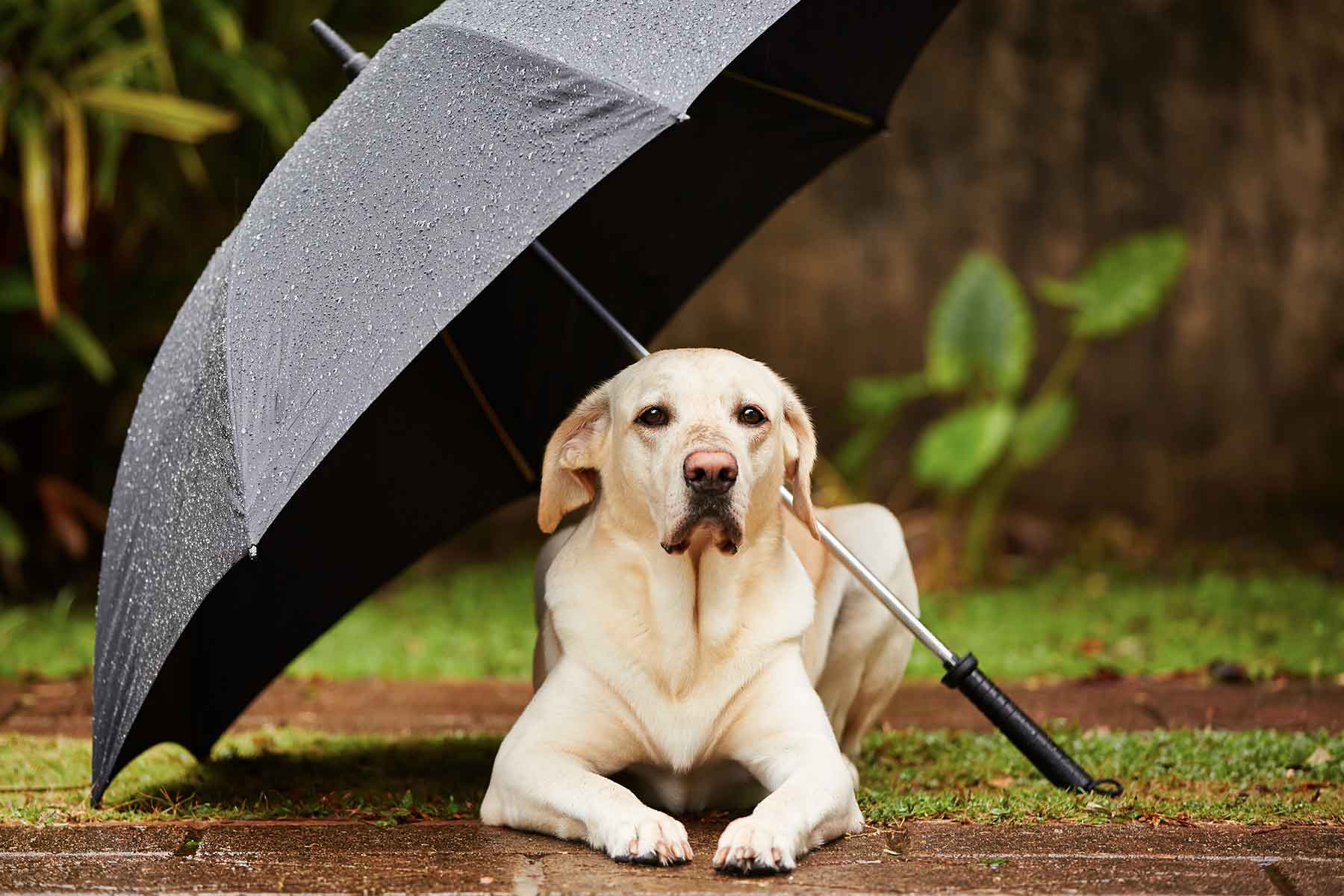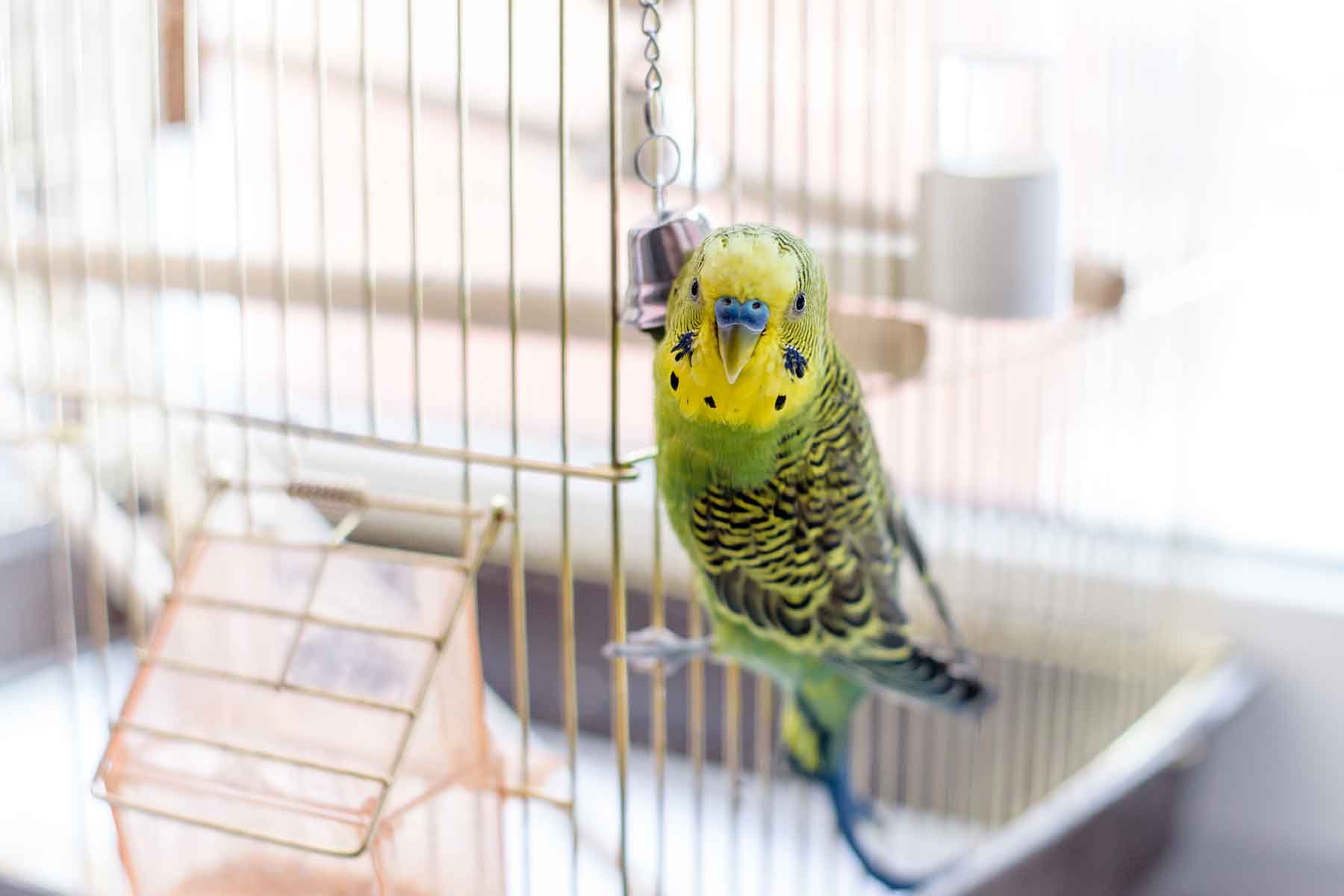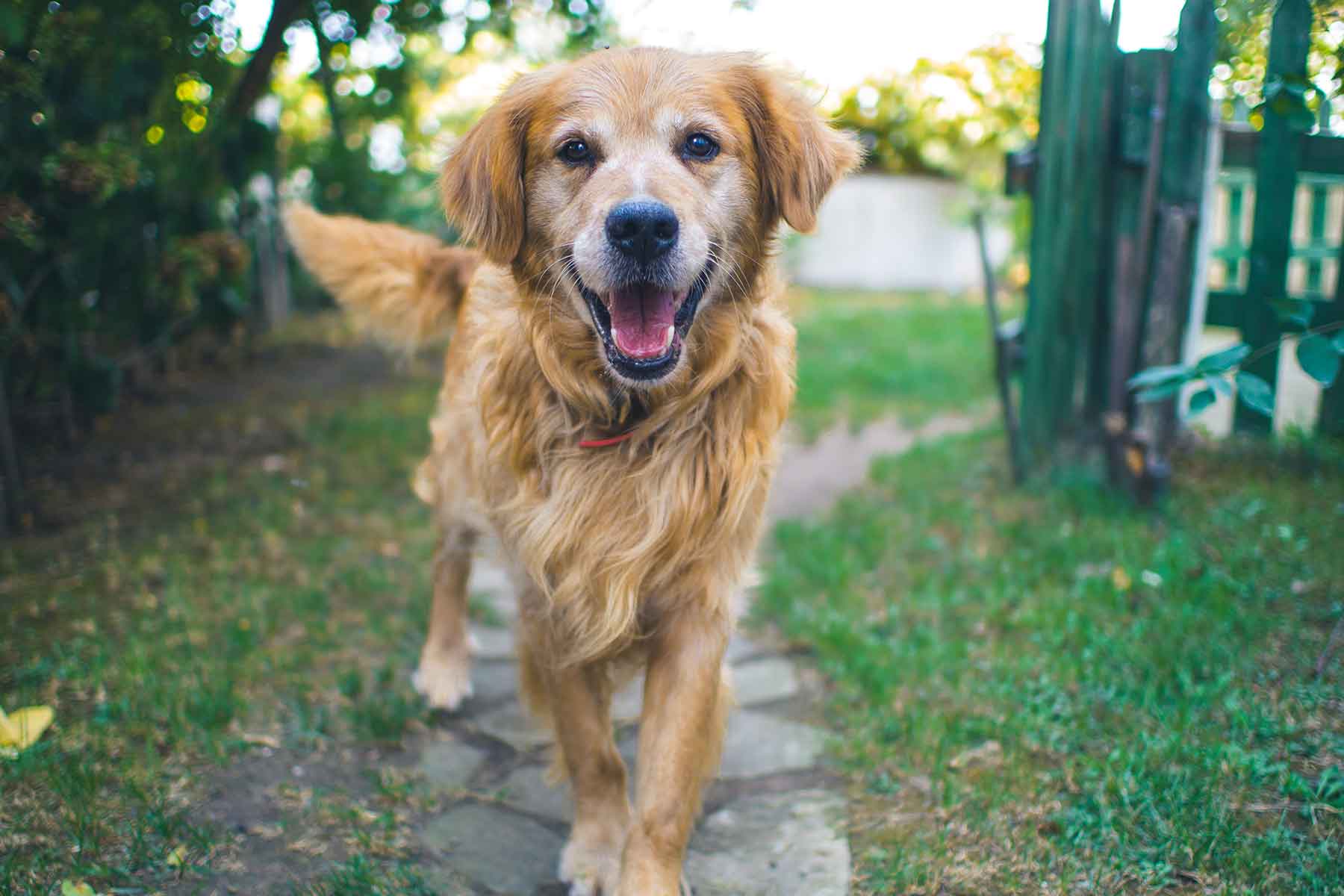As a dog owner, we want to give our dogs a happy and stimulating life. To experience the sights and sounds of our neighbourhood and for them to feel at home. We also want them to be able to show us their clever tricks and listen to us when we need them to. The list of what we want them to know and learn is never-ending.
However, there are certain things that we don’t want our dog doing, sometimes these actions can be dangerous for them. So today we are sharing five commands you can teach your dog that may one day save their life!
Recall
One of the most important things we need to perfect as dog owners is recall. A dog who responds to us, is a safe one. This is especially true for large working dogs with plenty of energy.
Most owners train recall using the “come” command. It’s beneficial to have a helper. In a room with no distractions, ask your helper to hold on to your dog. Allow some distance between you and your dog, a couple of feet perhaps and ask him to “come.”
With a high value treat or toy in your hand, your dog should run straight to you. Repeat this several times.
Once they start to get it, you can increase the gap between you and your dog. Each time they come, praise and reward.
If they choose to wander off and sniff the ground, ask your helper to retrieve them and try again. It’s important that they only get the attention from you when they fulfil their command.
Leave
This command is perfect for stopping your dog eating something they shouldn’t off the footpath, down at the park or even around the home.
Start with a high value treat in your hand and make sure your hand is closed with the treat in your palm. Your dog will instinctively sniff at your hand and you will see them trying to figure out how to get to the treat.
Once your dog ignores the food and stops sniffing, give them the treat; this may take seconds or minutes. We want them to learn self-control, that if they ignore something they want, then something they didn’t expect, which is still good, will happen.
Stop
The command you desperately need when your dog is running towards a busy road after chasing a cat or bird.
To train the stop command, call your dog towards you. You are better of having taught recall before you try this command.
As they are running to you, throw a treat behind them. Make sure they see the treat and they will stop to eat it. As they do, say STOP. Repeat this several times.
You should get to the stage that as they’re coming towards you, if you stay stop, your dog will automatically stop to look for the treat. Release the command, by shouting “come” and then treat them.
Stay
Some owners choose to teach ‘sit-stay’ or ‘down-stay’. It’s entirely up to you but ensure you have mastered the first part of the command before moving on to stay. For this example we will use sit as the first command.
Asking your dog to sit, hold your palm out flat in front of them. Wait a few seconds and providing they maintain the sit/stay, reward them. You can also teach this in a down/stay if your dog is more comfortable in this position.
As they start to master the command, increase the time between stays. Then, slowly increase the distance between you and your dog.
So, stand one step away and give the command, 2 steps away, 3 steps away etc. You can eventually move to asking your dog to sit/stay and then you move to another room. Release them before you treat them.
Last but not least…
Our final command isn’t technically a command, but positive handling of your dog could be the difference between swift assistance and additional suffering. If your pup is used to being handled and touched on all parts of their body, they will be more likely to allow another human to do so. This includes a stranger who has found them or the veterinarian when you get there.
Start as early as possible from when their a puppy or when you get them. Touch their paws, ears, belly, neck, back, toes, everywhere. Sprinkle treats to distract them and help your dog associate that being handled is nothing to fear. Give them a chew if necessary. Ask family members or friends to help, and reward them with treats or chews.
Use short sessions, 30 seconds to a minute is ample. Should the day arrive that you do need emergency care, it’s one less thing for them to be wary of.
It is the hope of every dog owner that you would never need to use these commands in a life-threatening situation, but it’s always better to be prepared! Practice training the commands frequently and keep it simple.
Never use a string of commands with a dog, especially in an emergency.
You see some chicken bone on the sidewalk, “Bella, leave!” She’s running towards a busy road, “Bella, Stop!” Maybe you’ve come across a dog who looks uncertain and doesn’t seem to have an owner nearby and you don’t want Bella to get near, “Bella, Stay!” These commands should certainly be next on your list to train.
Vetwest Dog Training
Would you like some assistance with the training methods we’ve discussed in this article? The Vetwest Dog Trainers are here to help. Vetwest Dog Training uses effective reward-based training to assist you and your dog with their training and behavioural issues. We hold classes at numerous locations across the Perth metro. Find out more today











